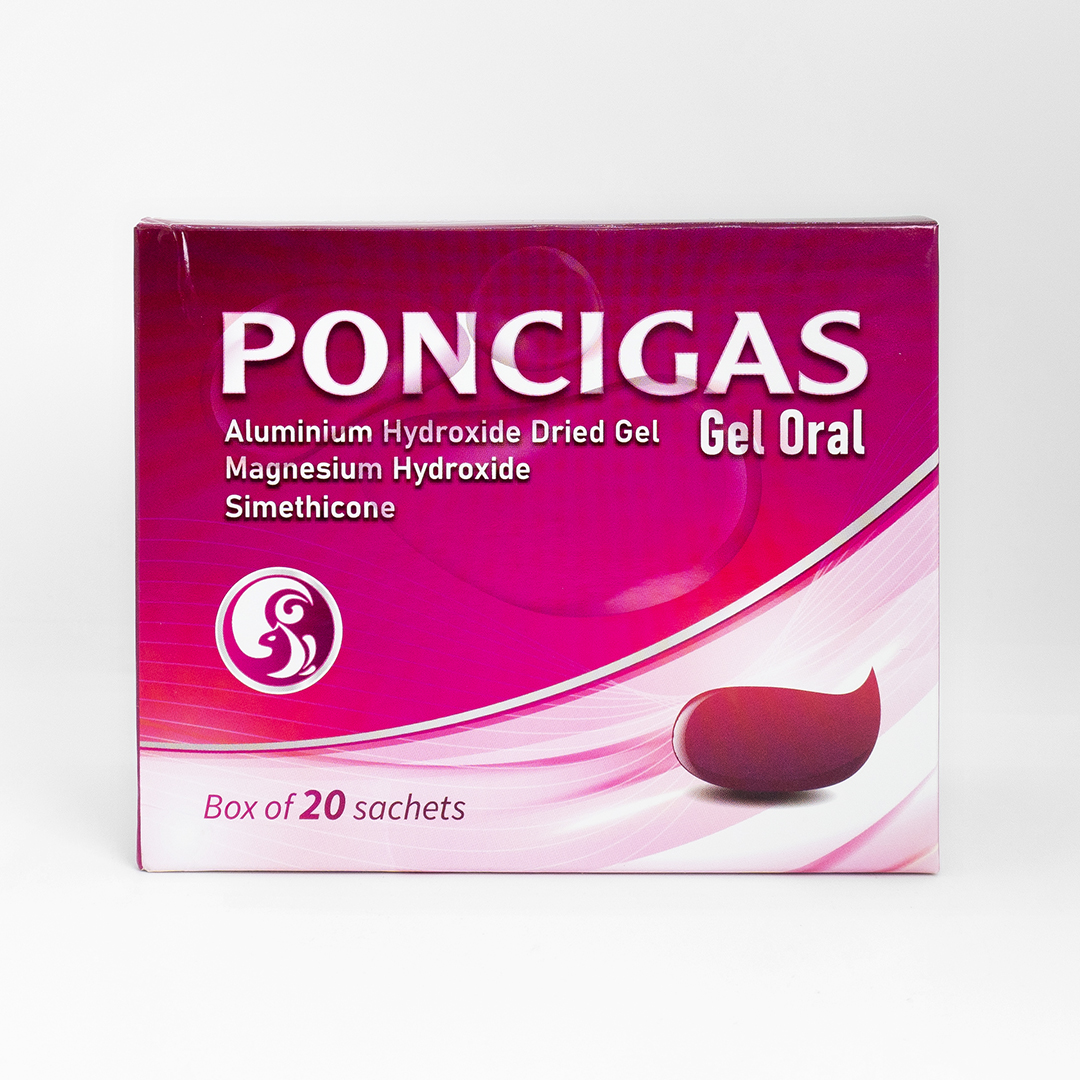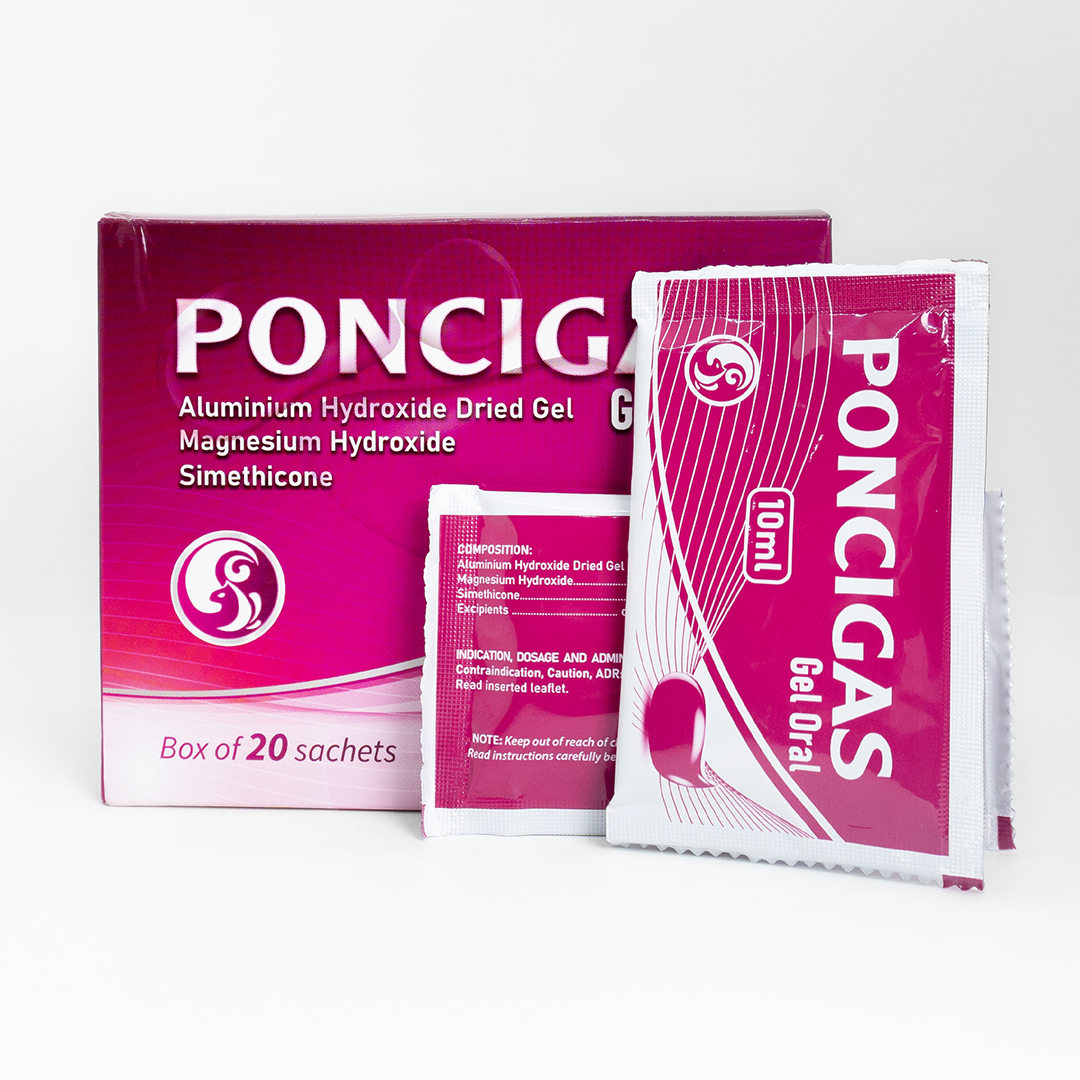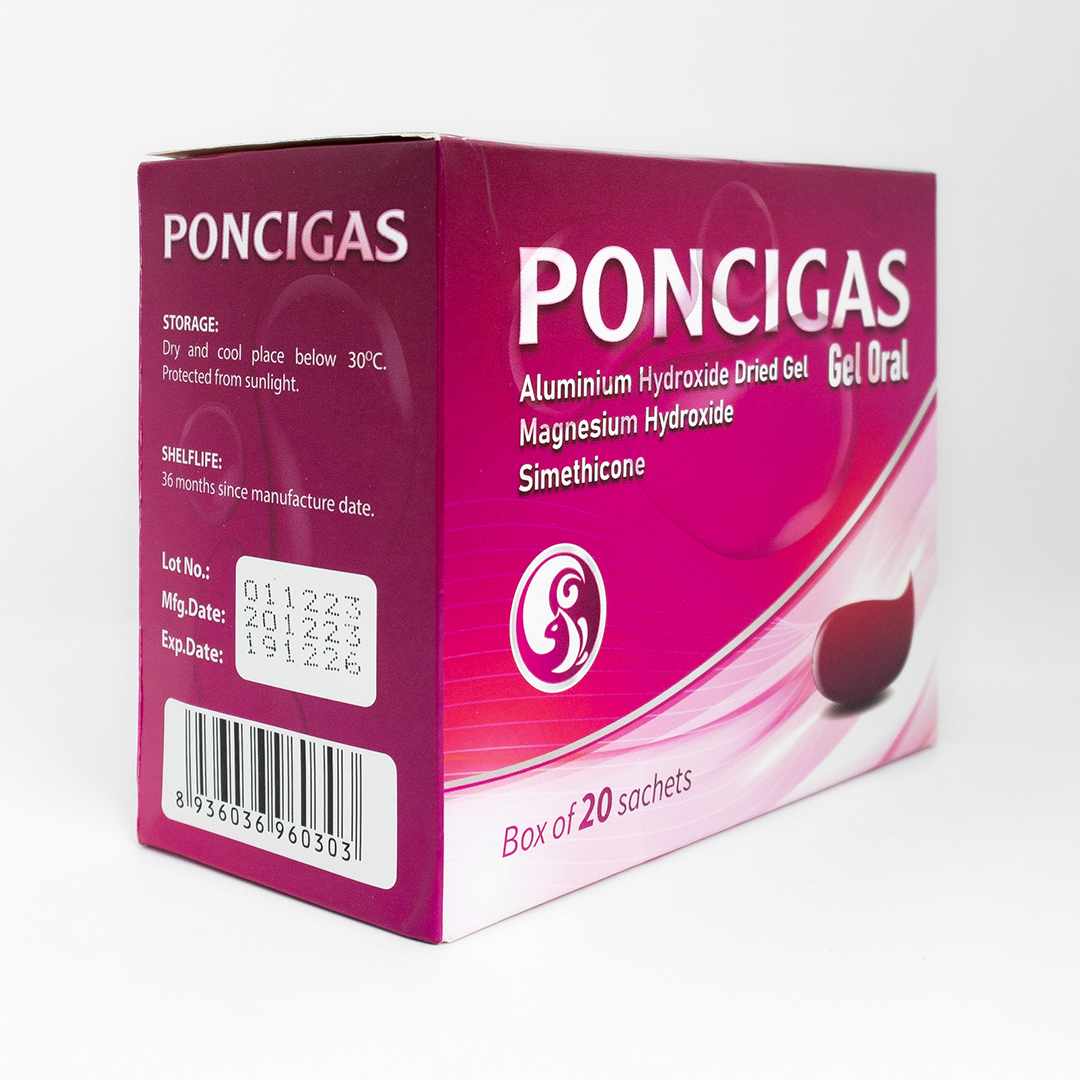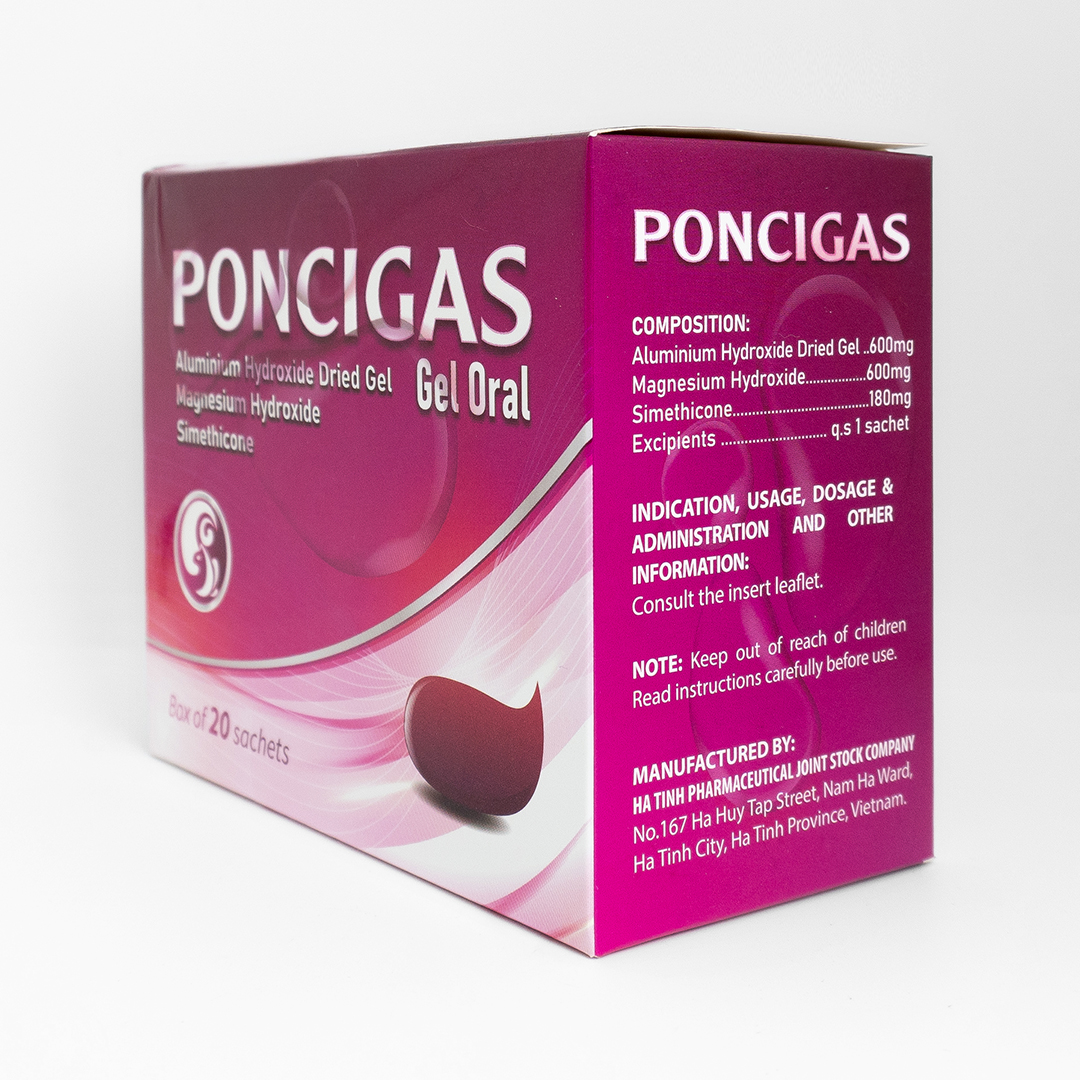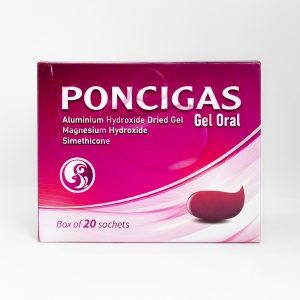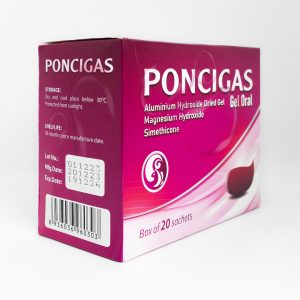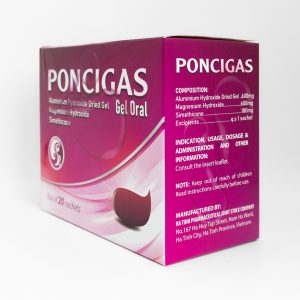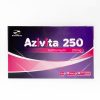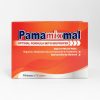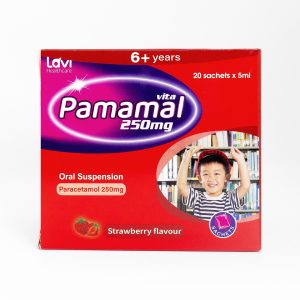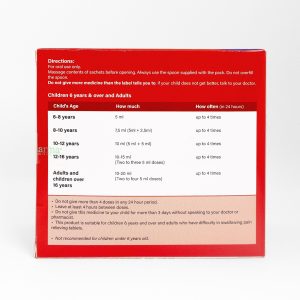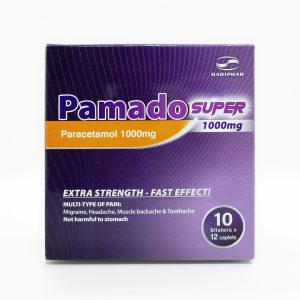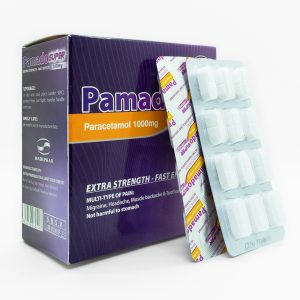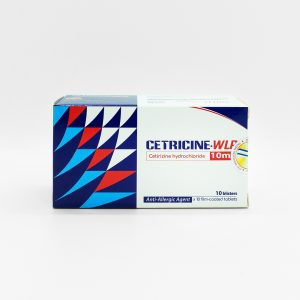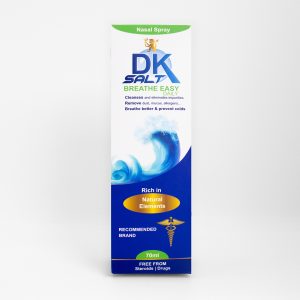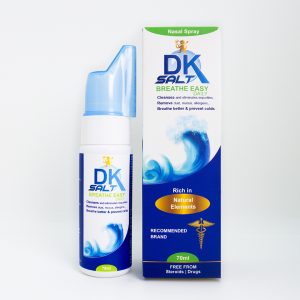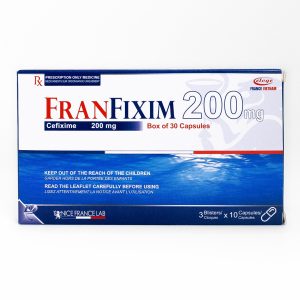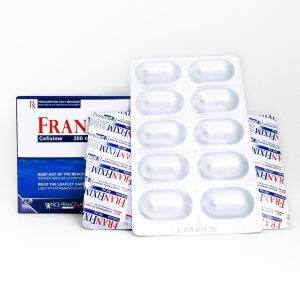INDICATION:
Used to treat the following conditions: Increased secretion of gastric acid, heartburn, gastrointestinal discomfort, flatulence, nausea, vomiting, stomach pain, belching.
DOSAGE AND ADMINISTRATION:
Adults: Take 1 sachet (10ml)/time, 1-2 times/day, should be taken with meals or before sleep.
Children: follow the doctor’s instructions.
CONTRAINDICATION:
Patients who are hypersensitive to any ingredient of the drug. Patients who have severe kidney failure.
CAUTION:
General caution:
– Adhere to dosage and administration
– If symptoms do not improve after 2 weeks of treatment, discontinue use and consult
your doctor or pharmacist.
– Should not exceed the recommended dose without consulting your doctor.
Take with caution in the following cases:
– Patients with renal dysfunction
-The patient is taking other drugs.
PREGNANT AND LACTATING WOMEN:
Do not use this medicine for pregnant women in the first trimester.
INTERACTION WITH OTHER DRUGS, OTHER FORMS OF INTERACTION:
– Co-administration with Tetracycline must be separated by 2-3 hours.
– Do not use concomitantly with Flouroquinilon because the drug will reduce the absorption of Flouroquinolone
– Concomitant use with Norfloxacin or Ciprofloxacin patients will have signs of urolithiasis and nephrotoxicity.
– Concomitant use with Ketoconazole must be separated by 3 hours.
– Do not use together with mecamylamine, methenamine, sodium polytyrene sulfonate resin.
SIDE EFFECTS:
Diarrhea, constipation due to drugs rarely occur
*Inform your doctor of any side effects that may occur as a result of taking this medicine
PHARMACODYNAMIC PROPERTIES:
Trimafort is a formulation containing an antacid and simethicone. Aluminum hydroxide is a slow-acting antacid, while magnesium hydroxide is a fast-acting one. aluminum
– Antacid magnesium salt also has a laxative effect, so it is often combined with antacid salt to reduce the constipation effect of aluminum salt.
– Simethicone is a defoaming agent, breaking up gas bubbles in the stomach, making it easier for gas to escape, reducing bloating and discomfort in the stomach.
PHARMACOKINETIC PROPERTIES:
– Aluminum hydroxide is slowly soluble in the stomach and reacts with hydrochloric acid in the stomach to form aluminum chloride and water. Approximately 17-30% of the aluminum chloride formed is absorbed from the gastrointestinal tract and rapidly eliminated by the kidneys in subjects with normal renal function. Unabsorbed aluminum hydroxide will bind with phosphate in the intestine to form insoluble aluminum phosphate salts and some form carbonate salts, fatty acid salts, all of which are excreted in the feces.
– Magnesium hydroxide reacts with hydrochloric acid in the stomach to form magnesium chloride and water. Approximately 15-30% of the magnesium chloride produced is absorbed and then excreted in the urine in subjects with normal renal function. Any amount of magnesium hydroxide that has not been converted to magnesium chloride can be metabolized in the small intestine and is absorbed insignificantly.
OVERDOSE AND TREATMENT:
In case of overdose, seek immediate medical attention or the nearest emergency center even if you have no symptoms.
Symptoms:
People may only have diarrhea. Patients with adrenal insufficiency will have symptoms of magnesium toxicity with manifestations such as dry mouth, somnolence, lethargy and respiratory failure.
Treatment:
Perform the gastric lavage and use of laxatives without containing magnesium.
NOTE: Keep out of reach of children.
Read instructions carefully before use.
MANUFACTURED BY: HA TINH PHARMACEUTICAL JOINT STOCK COMPANY
No.167 Ha Huy Tap Street, Nam Ha Ward, Ha Tinh City, Ha Tinh Province, Vietnam.
